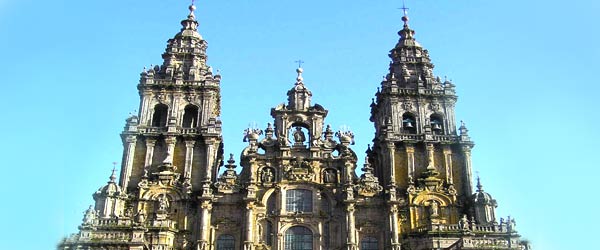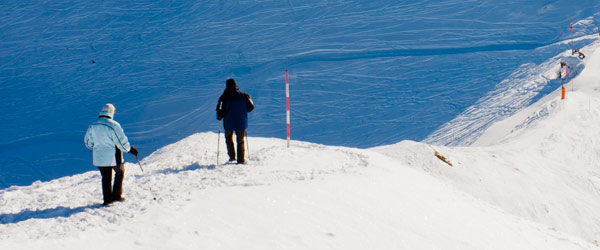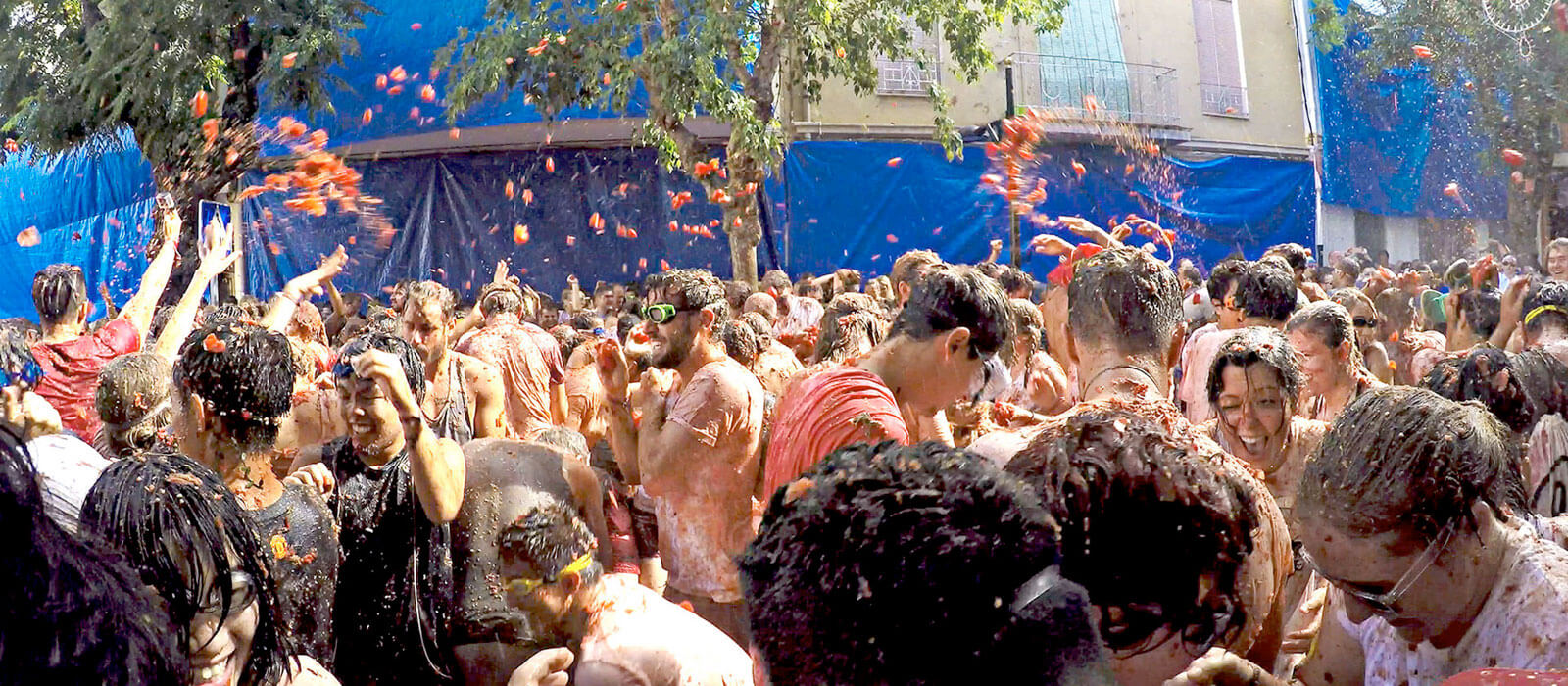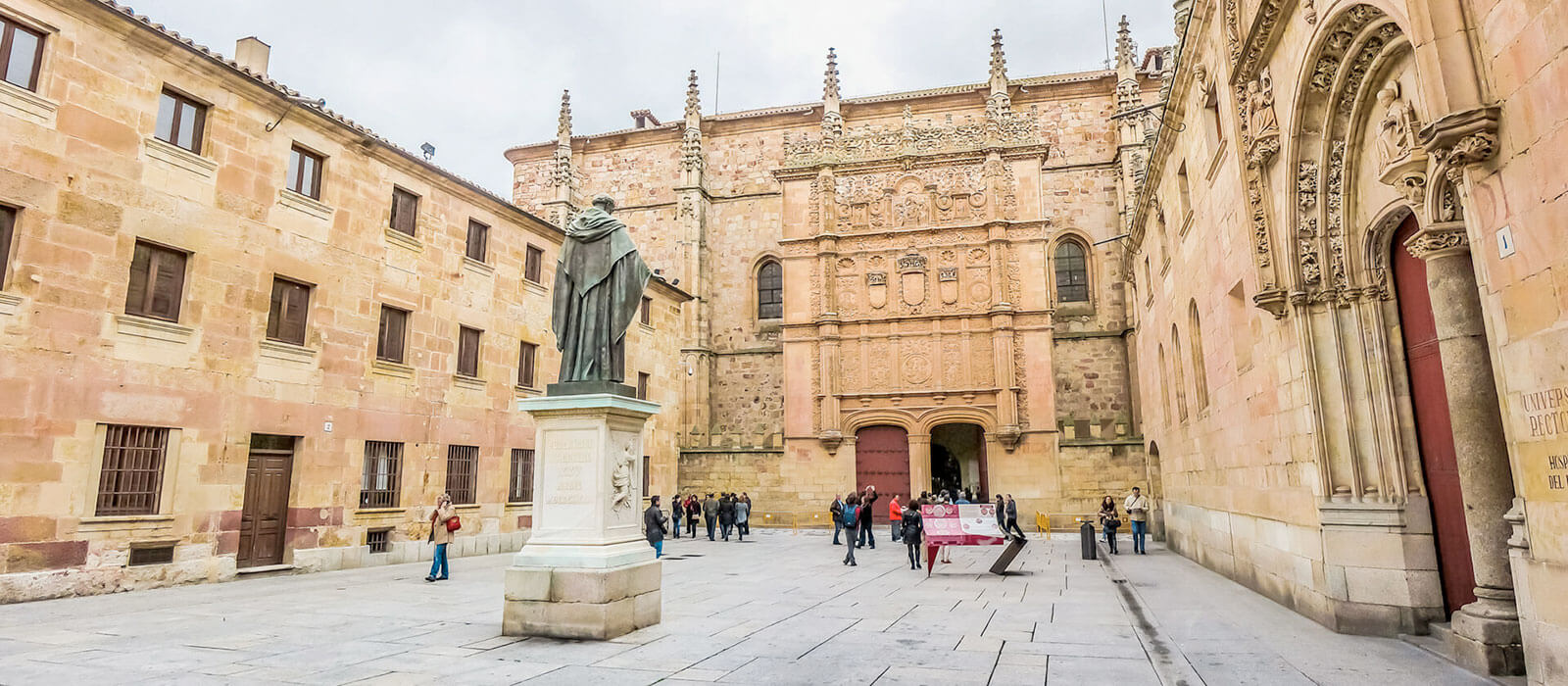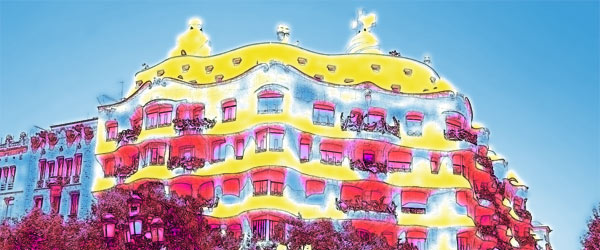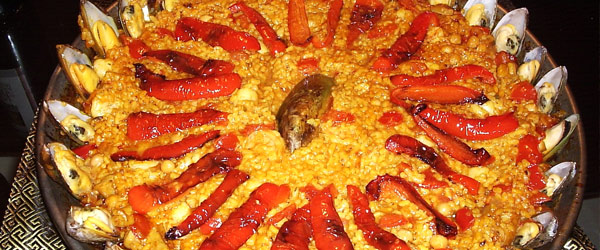Gaudí is a very famous Catalan architect, born on June 25, 1852. For Spanish architecture Gaudí has been very important, the Sagrada Familia in Barcelona is one of his works, but is certainly the most famous. Antoni Gaudí is considered the founder of organic architecture.
History
Gaudí studied architecture in Barcelona at the Escola Superior d'Arquitectura. To make ends meet, his jobs included side jobs with other Spanish architects in Barcelona. Gaudí was characterized as quirky and he lived in his own world. When Gaudí received his degree in 1878, his teacher said of him, "He aprobado a un loco o a un genio" (I made a fool or a genius succeed). Antoni Gaudí was also characterized by the fact that he lived for his work, and throughout his life no woman ever entered the picture.
European architecture was changing during Gaudí's time. There was more openness and romanticism, which was reflected in Gaudí's Spanish structures. He was a Spanish architect who was concerned about not only his clients but also the workers. The Gothic style also received attention because of Gaudí. Although Barcelona and Catalonia were booming economically, it was still under the leadership of Spain. Gaudí was opposed to this and therefore almost always spoke Catalan, even if it then had to be translated for some workers. Antoni Gaudí was always inspired by the past and all his works are based on his own imagination.
Sagrada Familia
In 1883 Gaudí received his biggest commission, even before he was known. The commission was in the name of the church which wanted to build a church in honor of the Sagrada Familia (holy family). The specific reason why Gaudí received this commission is unclear. First, the commission went to Francisco de Paula del Villar, who withdrew at the beginning of construction. After Joan Martorell also refused, Antoni Gaudí was given the commission.
You can clearly see from the outside of the Sagrada Familia what Gaudí's idea was. Because Gaudí never really worked with drawings, only sketches remain of his ideas for the Sagrada Familia. He knew at the beginning of construction that he could not see the final result. This did not matter to him, because he knew his work would one day be finished and God had all the time anyway!
Death of Gaudí
During a normal daily walk on June 7, 1926, Gaudí was walking along the railroad tracks and was suddenly hit by a streetcar that did not stop. As a result, he lay unconscious in the street and was obviously badly injured. People took him to an emergency room for treatment. Because Gaudí always did not look well, no cab driver wanted to take him to a hospital. All in all, he ended up in the then poor hospital called Hospital de Sant Pau.
Because he did not show up for work that day, fellow workers got worried and started a search after which they found him in the hospital. Stubborn as he was, Gaudí refused a transfer to a clinic. His words were, "My place is here, among the poor." On June 10 around 5 in the afternoon, Antoni Gaudí died.
Two days later was his funeral and this was definitely an important event with a funeral procession of up to kilometers long. Antoni Gaudí is buried in the Sagrada Familia in the crypt.
Today
Today there is a committee present to beatify Antoni Gaudí through his architecture in honor of God. He was a wonderful person to those close to him, but to outsiders a quirky person, a genius!

